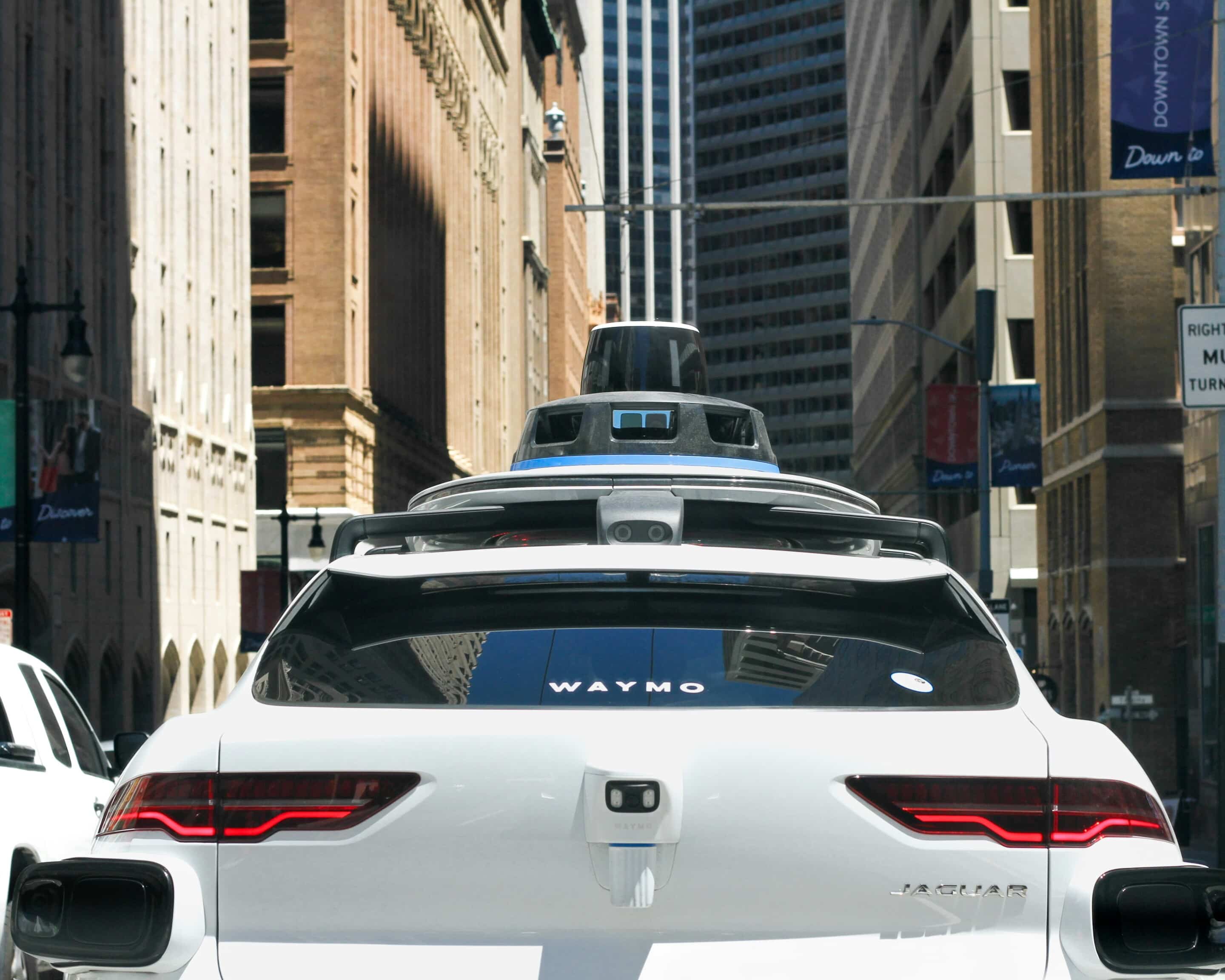The gig economy landscape continues to evolve with technological advancements pushing boundaries while human workers adapt to ever-changing market conditions. A recent exploration of these dynamics revealed fascinating insights about both autonomous vehicles and the resilience of traditional gig workers.
The conversation around Waymo, Alphabet’s self-driving car service, highlights a surprising consumer behavior pattern. Despite charging approximately $10 more per ride than traditional rideshare services like Uber and Lyft, Waymo is finding that customers are willing to pay the premium for driverless experiences. The average price for Waymo rides ($2,043) substantially exceeds both Lyft ($1,558) and Uber ($1,440), yet the company reported providing 250,000 rides in May alone. This phenomenon speaks to both the novelty factor of autonomous vehicles and perhaps a segment of consumers who prefer not interacting with human drivers. However, the long-term sustainability of this price premium remains questionable once the novelty effect diminishes, especially considering the substantial infrastructure and technology costs behind operating autonomous fleets.
Safety concerns with autonomous vehicles were starkly illustrated by footage of a Waymo vehicle freezing in the path of emergency vehicles. Unlike human drivers who intuitively understand to pull over for emergency responders, the Waymo vehicle stopped in place, potentially creating dangerous delays for first responders heading to critical situations. This incident illuminates the continuing challenges in programming AI to handle complex, nuanced traffic situations where human judgment and adaptability remain superior.
The human side of the gig economy reveals both challenges and heartwarming stories. One experienced DoorDash driver with mobility issues received unexpected support when a customer started a GoFundMe that raised over $21,000 after observing his positive attitude despite physical limitations. This highlights not only the power of community support but also how gig platforms provide crucial income opportunities for individuals who might face barriers in traditional employment, particularly older workers who may struggle to find conventional jobs but can thrive in the flexible gig economy environment.
Statistics shared during the discussion reveal surprising demographics within the gig workforce: approximately 50% of DoorDash drivers are women, challenging common assumptions about the gender makeup of delivery professionals. Additionally, only about 8% of gig workers operate full-time, with the vast majority (92%) using these platforms as supplemental income sources. This reinforces the understanding of gig work primarily as a side hustle rather than career-sustaining employment for most participants.
The discussion of various platforms – from Market Wagon (a farm-to-table delivery service) to Amazon Flex and Roadie – demonstrates the diversification strategies gig workers employ to maximize earnings and stability. Each platform offers different advantages: some provide guaranteed pay and simplicity, while others offer potentially higher earnings with greater variability. Experienced gig workers navigate this ecosystem by strategically combining platforms based on market conditions, personal preferences, and financial goals.
Technology integration continues across the gig economy spectrum, with Instacart announcing a partnership with Pinterest to create new retail media opportunities. This collaboration exemplifies how platforms seek to expand their reach and convenience factors, recognizing that today’s consumers value streamlined, frictionless experiences. The future likely holds more such integrations as companies compete for consumer attention and spending.

